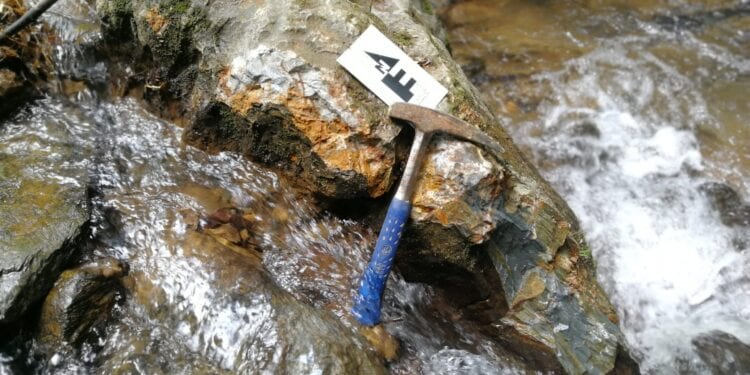Airborne Geophysics Set To Commence In Colombia
Outcrop Gold Corp. (TSXV:OCG) has identified eight new near-term targets through a ground geophysical programme on its 100% owned Santa Ana project in north Tolima, Colombia
The results of the ground programme as Outcrop is preparing to commence a large airborne geophysical survey along a 36 km northeast mineralised trend between the Santa Ana and El Porvenir mines with a flight line width of 10 kilometres.
The airborne magnetics-radiometrics-lidar survey will be used to generate targets within a 36 kilometre by 10 kilometre area. If the results are encouraging, an equal size area will be added mid-year.
Outcrop believes the airborne survey will substantiate a world-class silver-gold system by generating numerous targets along a 36 kilometre trend to advance to drilling.
Meanwhile, preliminary inspection of historic mines outside of the Santa Ana title has been carried out by Outcrop geologists who have identified some highly promising walk-up drill targets.
“Outcrop is excited with the results from its ground geophysics on Santa Ana,” said Joe Hebert, Outcrop’s President and CEO.
“Considering our one hundred percent success rate on all tested targets producing large high-grade shoots, we are confident that some of these targets will deliver new shoots. In exploration, the adage that ‘structure is everything/ is true, and with gradient array IP/Resistivity we have enhanced our ability to map vein structures and correlate them with other soils and trench anomalies to generate multiple new targets.”
“The objective of the ground and airborne surveys is to systematically generate a continuous flow of targets resulting in the discovery of high-grade shoots. The geophysical anomalies correlate well with the extensions of known vein structures and with large silver and gold anomalies in soils. A preliminary interpretation of ground geophysics indicates eight additional targets to advance to drilling in 2021.
“The ground survey consisted of gradient-array induced polarization and resistivity. Gradient array surveys with these methods often show good correlation with vein zones and their wider alteration halos.
“Resistivity was used as a tool to map concentrated quartz in vein zones. Induced polarization was used to map vein structures by detecting associated broader alteration halos consisting of disseminated sulphides, clays, carbon and other hydrothermal alteration.
“The IP and resistivity contours show a clear north to northeast, and northwest linear pattern that has a close correlation with known veins and inferred veins. Areas of important vein intersections are also indicated.”











